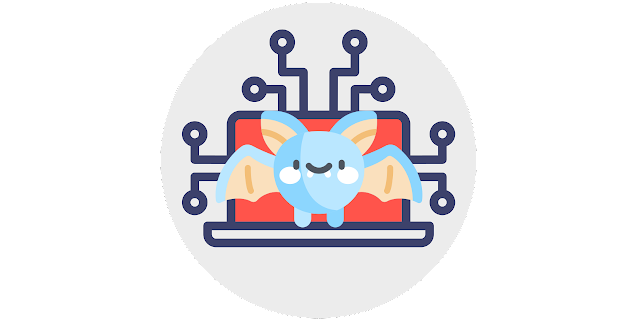
autobloody is a tool to automatically exploit Active Directory privilege escalation paths shown by BloodHound.
Description
This tool automates the AD privesc between two AD objects, the source (the one we own) and the target (the one we want) if a privesc path exists in BloodHound database. The automation is composed of two steps:
- Finding the optimal path for privesc using bloodhound data and neo4j queries.
- Execute the path found using
bloodyADpackage
Because autobloody relies on bloodyAD, it supports authentication using cleartext passwords, pass-the-hash, pass-the-ticket or certificates and binds to LDAP services of a domain controller to perform AD privesc.
Installation
First if you run it on Linux, you must have libkrb5-dev installed on your OS in order for kerberos to work:
# Debian/Ubuntu/Kali
apt-get install libkrb5-dev
# Centos/RHEL
yum install krb5-devel
# Fedora
dnf install krb5-devel
# Arch Linux
pacman -S krb5A python package is available:
pip install autobloodyOr you can clone the repo:
git clone --depth 1 https://github.com/CravateRouge/autobloody
pip install .Dependencies
- bloodyAD
- Neo4j python driver
- Neo4j with the GDS library
- BloodHound
- Python 3
- Gssapi (linux) or Winkerberos (Windows)
How to use it
First data must be imported into BloodHound (e.g using SharpHound or BloodHound.py) and Neo4j must be running.
⚠️-ds and -dt values are case sensitive
Simple usage:
autobloody -u john.doe -p 'Password123!' --host 192.168.10.2 -dp 'neo4jP@ss' -ds 'JOHN.DOE@BLOODY.LOCAL' -dt 'BLOODY.LOCAL'Full help:
[bloodyAD]$ ./autobloody.py -h
usage: autobloody.py [-h] [--dburi DBURI] [-du DBUSER] -dp DBPASSWORD -ds DBSOURCE -dt DBTARGET [-d DOMAIN] [-u USERNAME] [-p PASSWORD] [-k] [-c CERTIFICATE] [-s] --host HOST
AD Privesc Automation
options:
-h, --help show this help message and exit
--dburi DBURI The host neo4j is running on (default is "bolt://localhost:7687")
-du DBUSER, --dbuser DBUSER
Neo4j username to use (default is "neo4j")
-dp DBPASSWORD, --dbpassword DBPASSWORD
Neo4j password to use
-ds DBSOURCE, --dbsource DBSOURCE
Case sensitive label of the source node (name property in bloodhound)
-dt DBTARGET, --dbtarget DBTARGET
Case sensitive label of the target node (name property in bloodhound)
-d DOMAIN, --domain DOMAIN
Domain used for NTLM authentication
-u USERNAME, --username USERNAME
Username used for NTLM authentication
-p PASSWORD, --password PASSWORD
Cleartext password or LMHASH:NTHASH for NTLM authentication
-k, --kerberos
-c CERTIFICATE, --certificate CERTIFICATE
Certificate authentication, e.g: "path/to/key:path/to/cert"
-s, --secure Try to use LDAP over TLS aka LDAPS (default is LDAP)
--host HOST Hostname or IP of the DC (ex: my.dc.local or 172.16.1.3)How it works
First a privesc path is found using the Dijkstra's algorithm implemented into the Neo4j's GDS library. The Dijkstra's algorithm allows to solve the shortest path problem on a weighted graph. By default the edges created by BloodHound don't have weight but a type (e.g MemberOf, WriteOwner). A weight is then added to each edge accordingly to the type of edge and the type of node reached (e.g user,group,domain).
Once a path is generated, autobloody will connect to the DC and execute the path and clean what is reversible (everything except ForcePasswordChange and setOwner).
Limitations
For now, only the following BloodHound edges are currently supported for automatic exploitation:
- MemberOf
- ForceChangePassword
- AddMembers
- AddSelf
- DCSync
- GetChanges/GetChangesAll
- GenericAll
- WriteDacl
- GenericWrite
- WriteOwner
- Owns
- Contains
- AllExtendedRights
from KitPloit - PenTest & Hacking Tools https://ift.tt/mBLoWSF






0 Comments